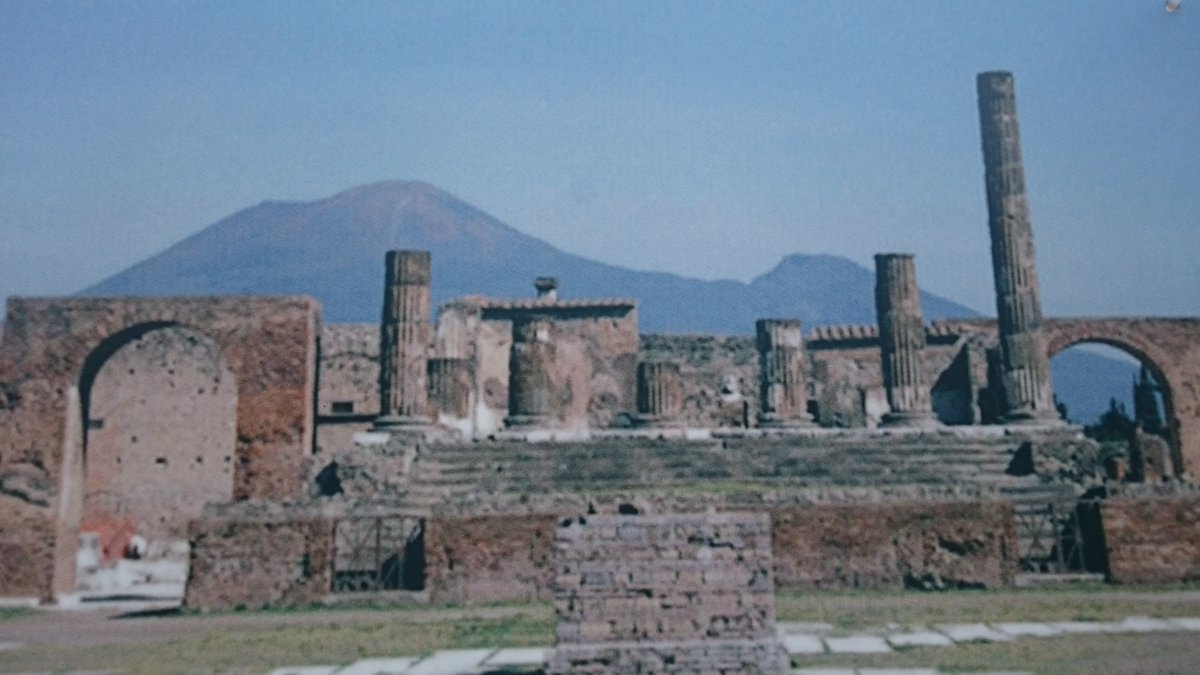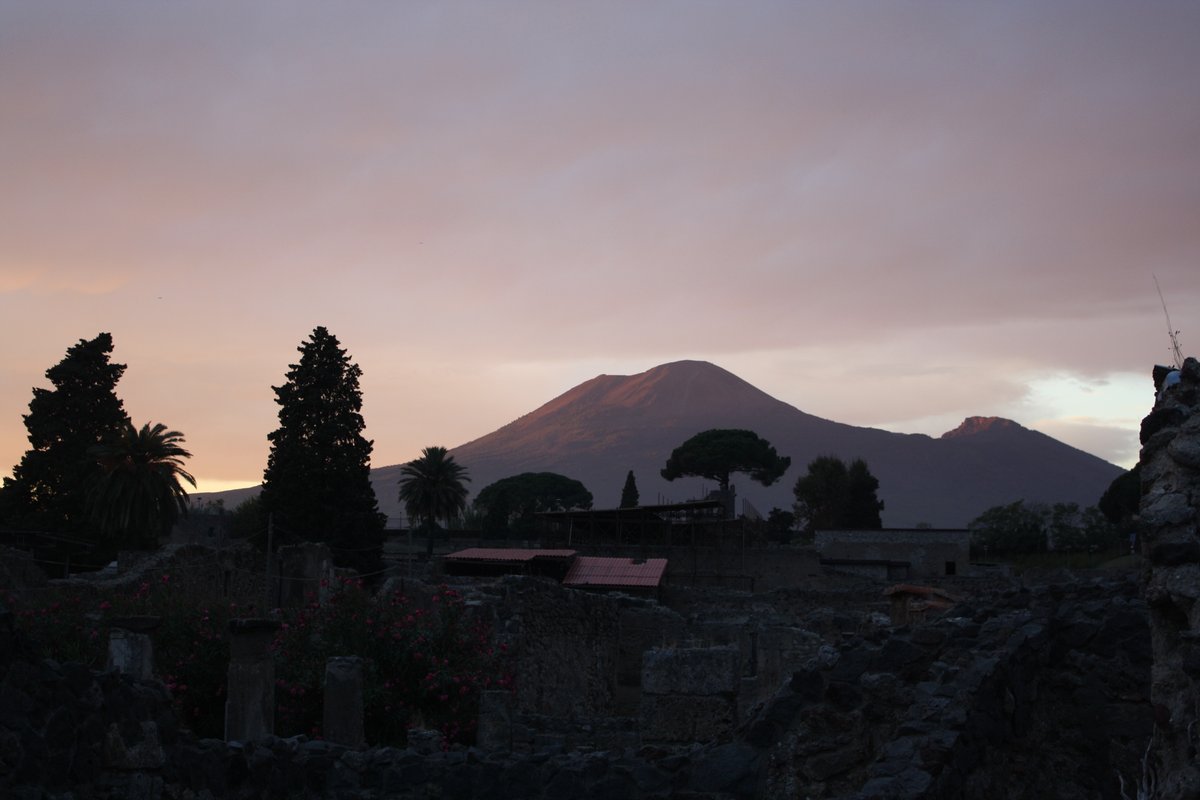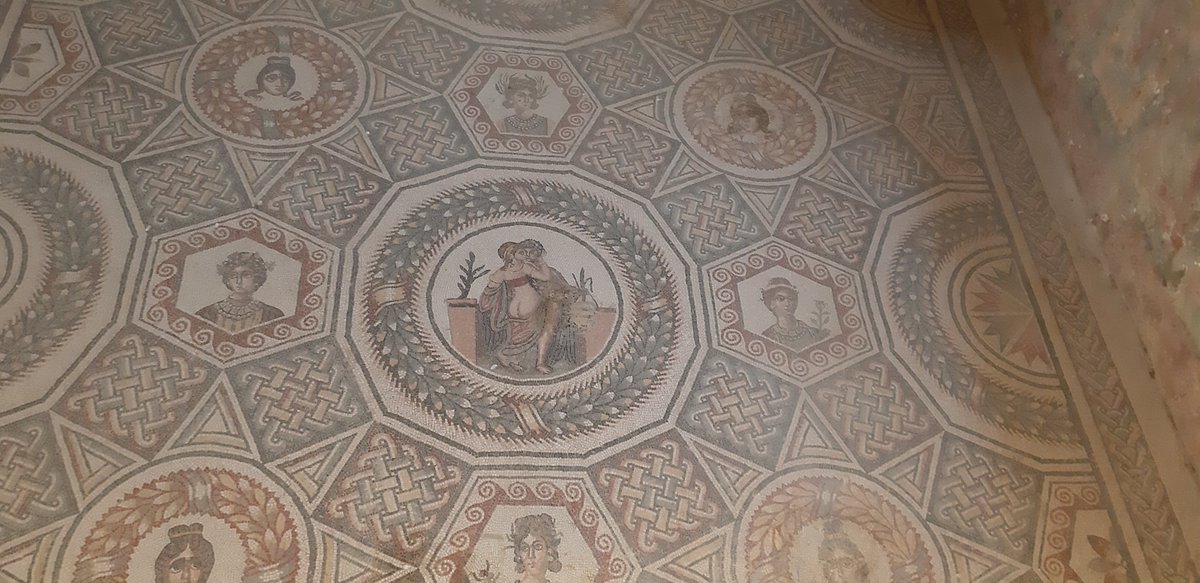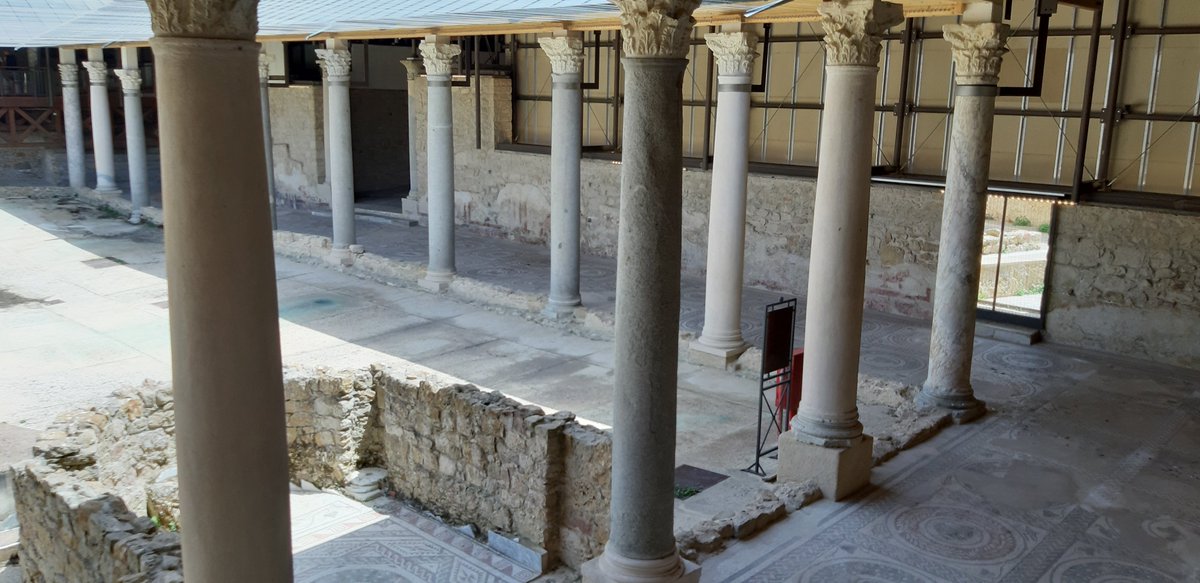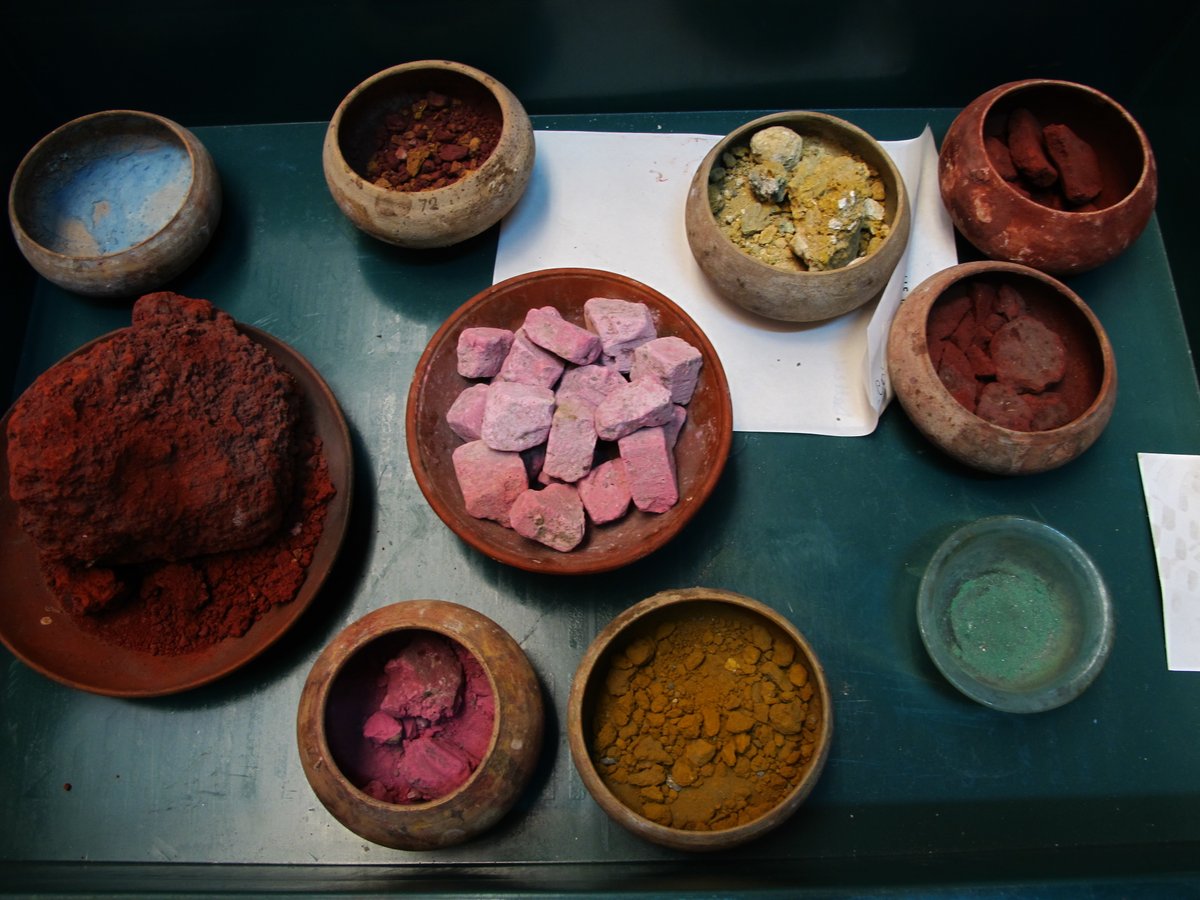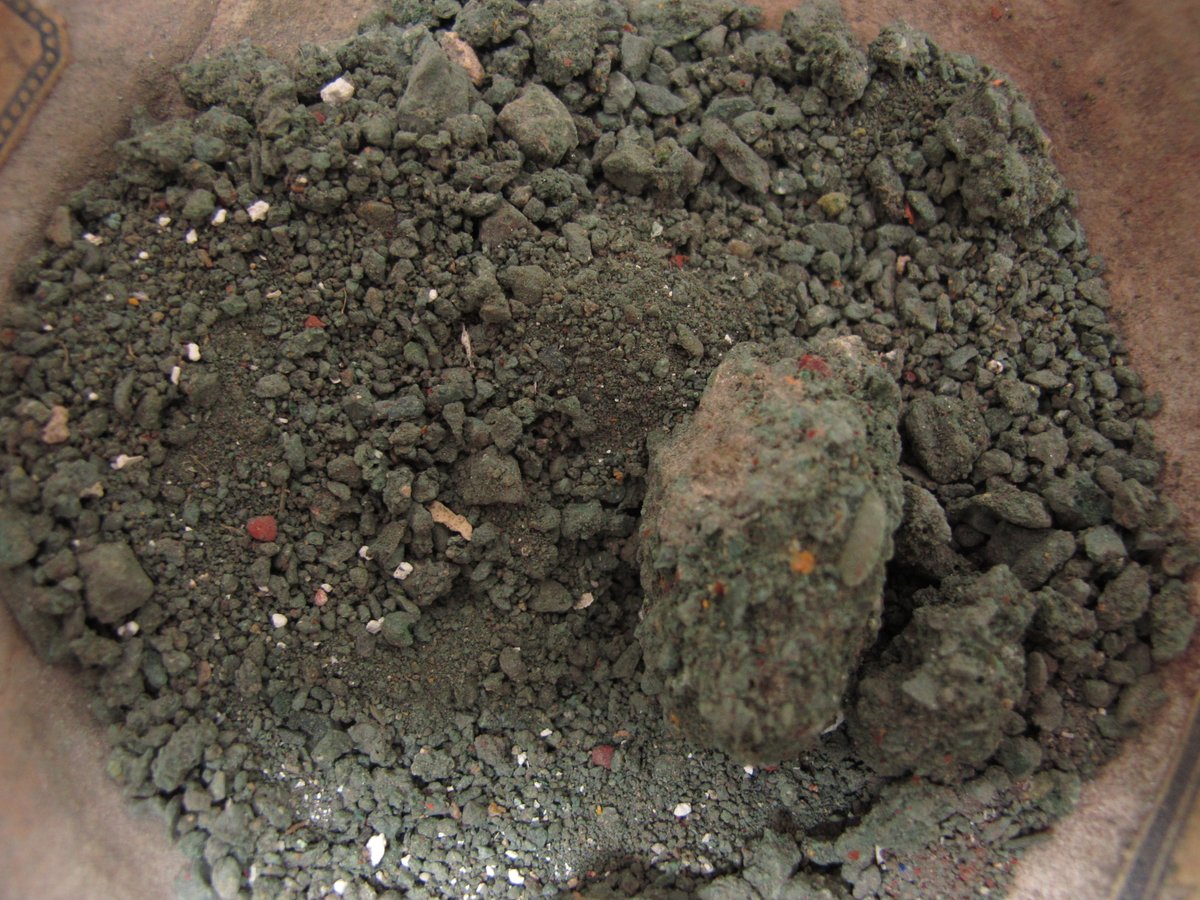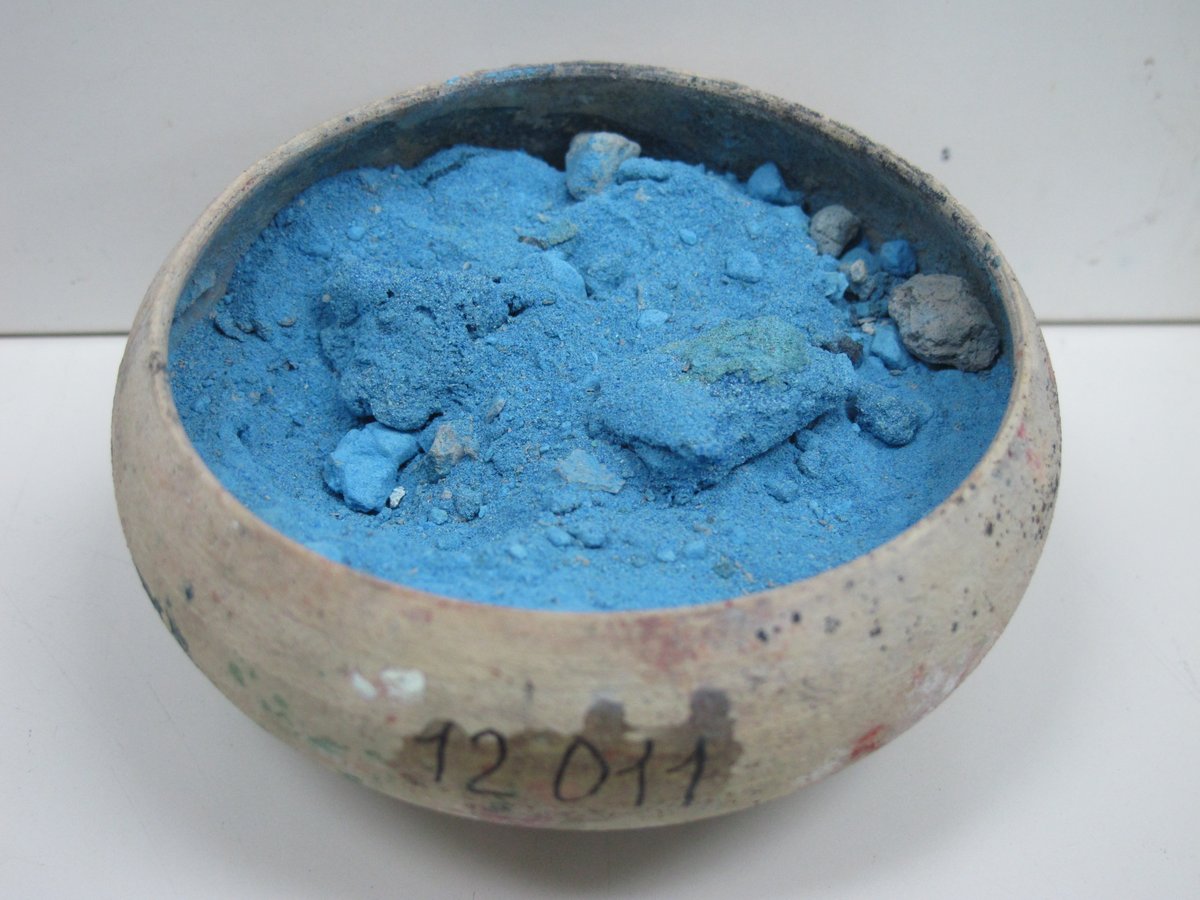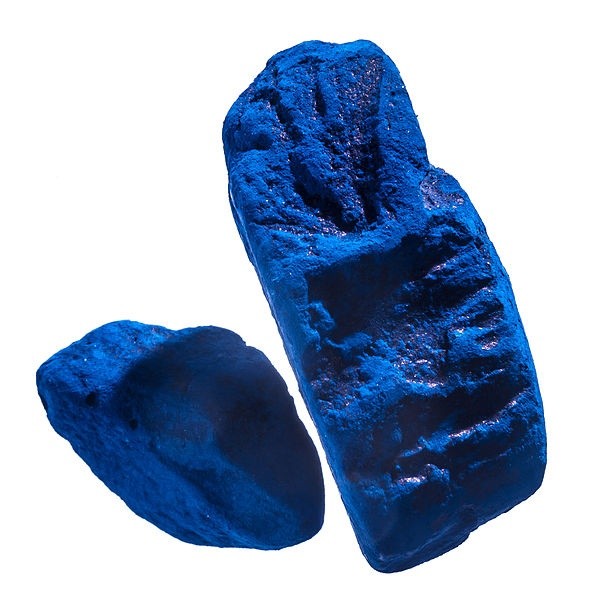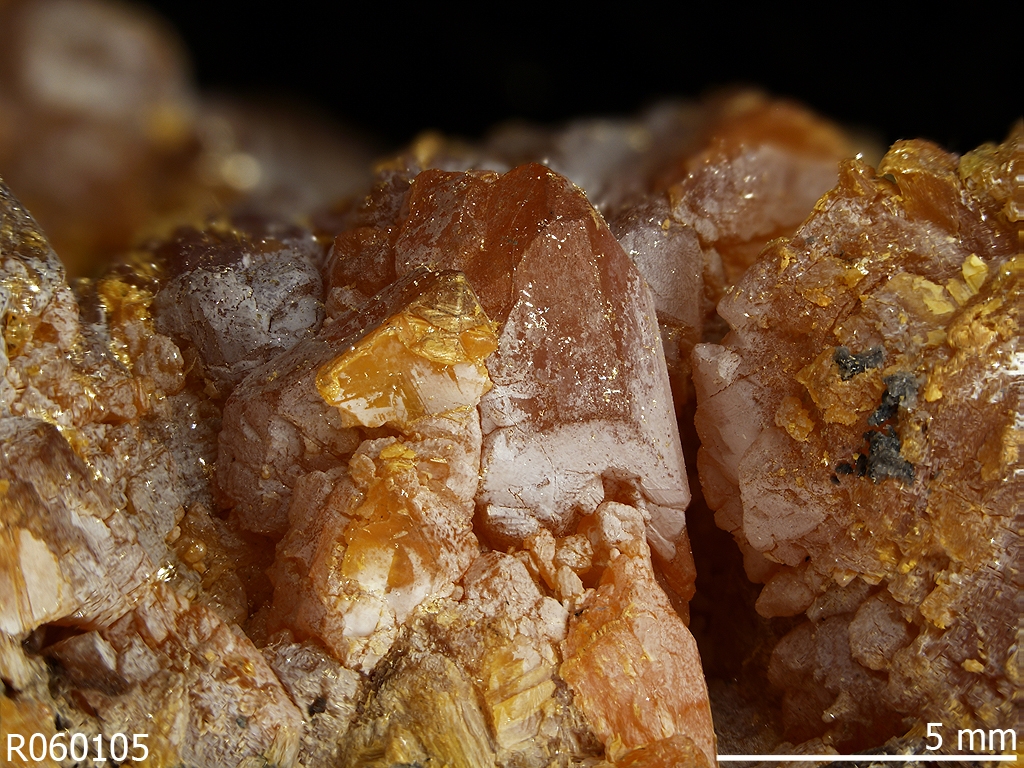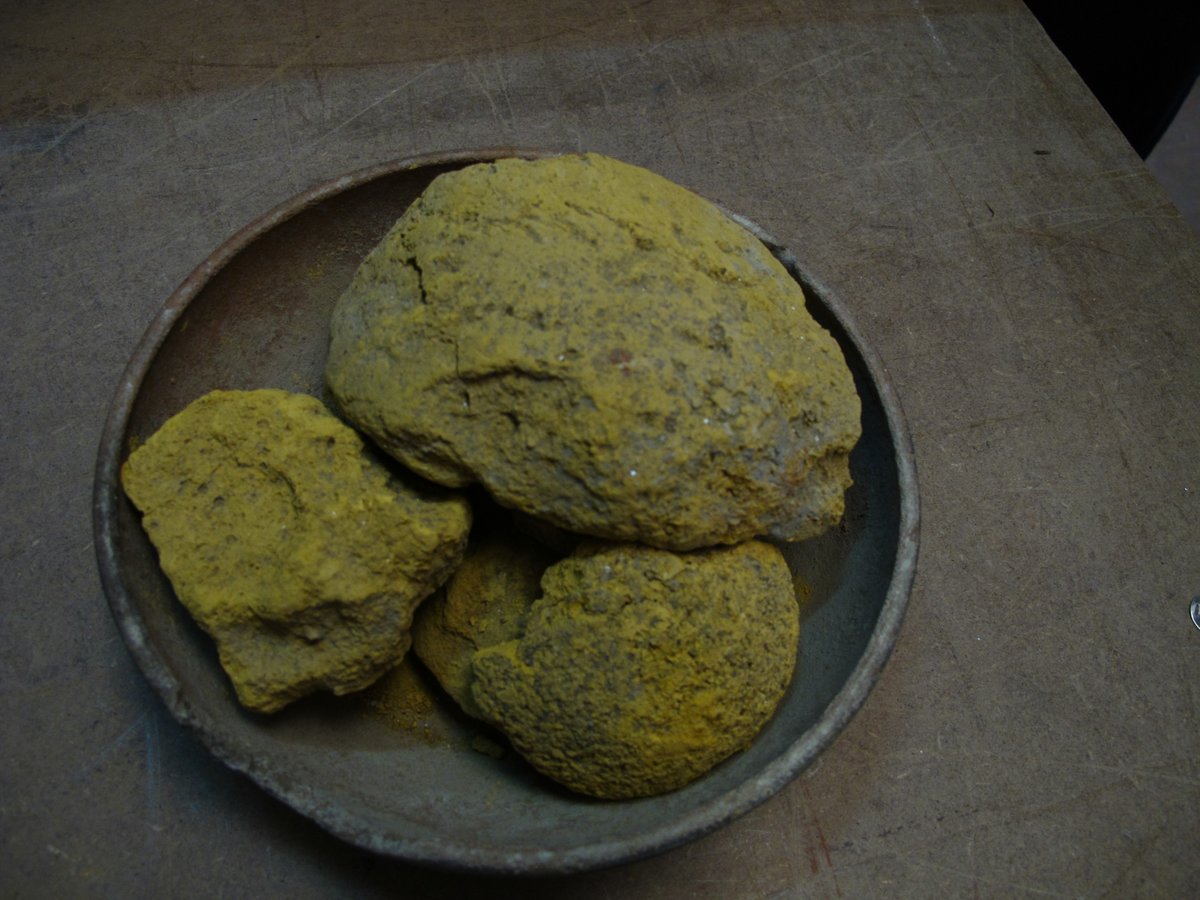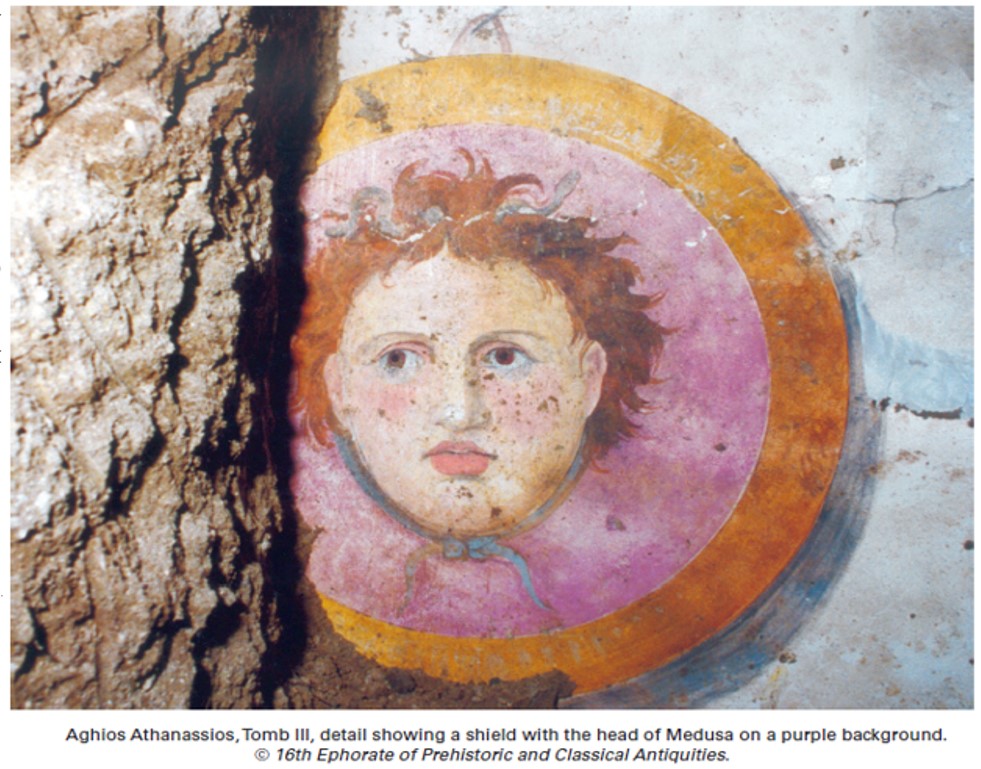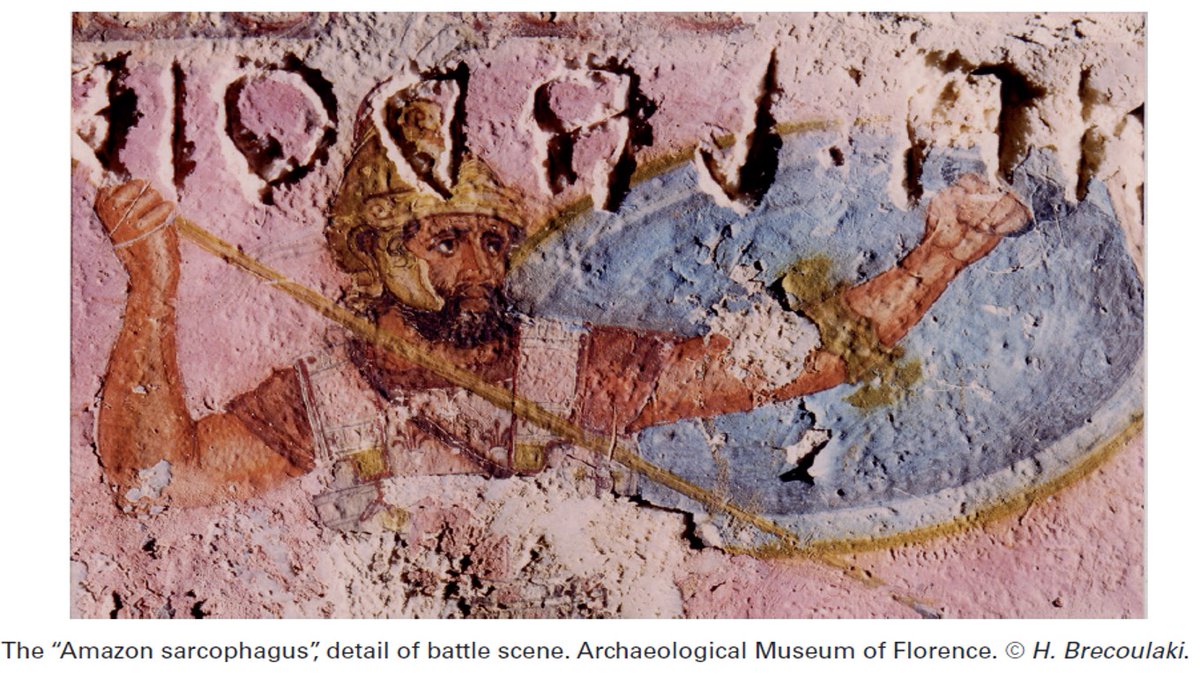
In today’s @thread we will be zooming in on the mural paintings of @Pompeii_sites, thanks to grazing light pictures and close-up photographs.
🎓📸Ph.D. Thesis Eduardo J. Millán Sañudo (University of Seville).

🎓📸Ph.D. Thesis Eduardo J. Millán Sañudo (University of Seville).


Fresco painting was the predominant painting technique at @pompeii_sites. It is based on the application of water-dispersed pigment on wet plaster. However, as we will explain in today’s #thread, some decorations were executed using a different technique.
https://twitter.com/cinnabarim/status/1264587213318348801
To begin with, there are several examples of paintings in which an underlayer colour is visible when the surface chips off, while the background stays intact. This indicates that the upper layer is fixed with a binder that is not part of the wall, contrary to fresco painting. 





This is called “secco” painting because the underlying mortar is already dried. This technique would have allowed the executions of finer and more detailed decorations. 





Here we have another example of the presence of two layers, corresponding to the Sacrifice of Iphigenia (House of the Tragic Poet). The close-up pictures show the thickness of the “secco” layer and the painter’s brushstrokes. 





Grazing light pictures are amazing to observe the occurrence of these relatively-thick “secco” upper layers over a polished fresco background, this time captured at the House of the Vettii. 



In addition, grazing light pictures also unveil the uneven surface of mural paintings in which the central figurative panel was executed beforehand or after the completion of the background. 





Sometimes, central panels originally executed for a previous decoration were reinserted in the wall after the refurbishment, as it was probably the case of the tablinum of the House of Marcus Lucretius (Regio IX, 3, 5).
https://twitter.com/cinnabarim/status/1271822094620295171
In addition, grazing light pictures reveal further details that confirm the use of fresco painting in polished backgrounds: fingerprints and possible fingernails marks. 





Marks and indentations were also purposefully executed on the wet plaster in order to design geometrical decorations, as in the case of the 4th style walls of Room I of the House of the Golden Cupids, shared by @pompei79.

https://twitter.com/pompei79/status/531509650748100608

To finish up this #thread, we will be addressing two other topics. The first one is related to the practice of detaching the figurative panels for their conservation at @MANNapoli.
https://twitter.com/cinnabarim/status/1256643161734201345
In the case of this painting of the Praedia di Giulia Felice, the whole wall was divided into regular sections – still visible in the picture –, detached and transferred to a new support. 

On the other hand, in order to try to conserve the paintings that remained in situ, several types of waxes and varnishes were developed and essayed. Very often, the central panels received more wax than the rest of the wall, provoking these colour changes. 





This is the end of today’s #thread, completely based on the Ph.D. thesis of Dr. Eduardo J. Millán Sañudo on the wall painting technique used in @Pompeii_sites and the pictures he took during his work.
idus.us.es/handle/11441/2…?
idus.us.es/handle/11441/2…?
• • •
Missing some Tweet in this thread? You can try to
force a refresh






